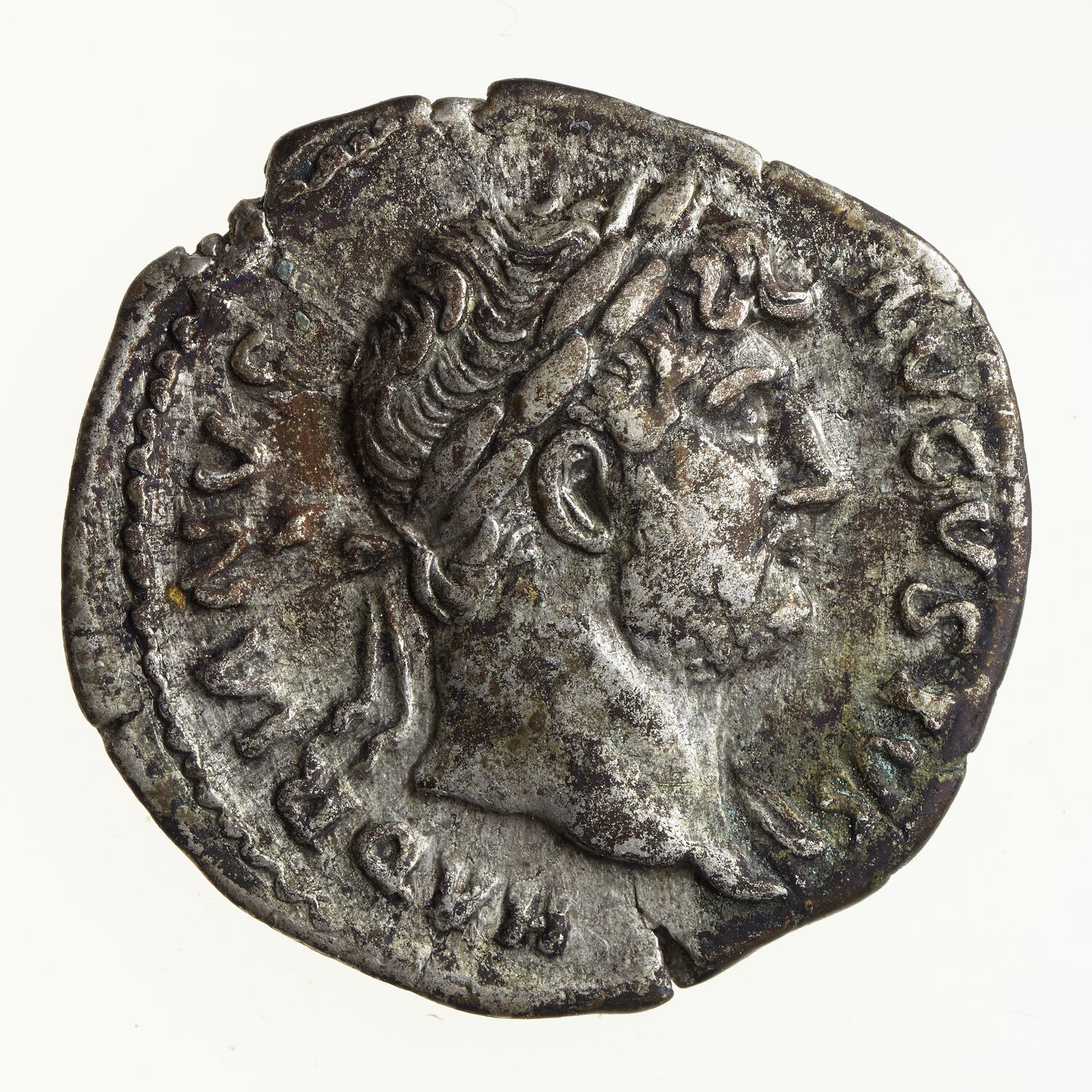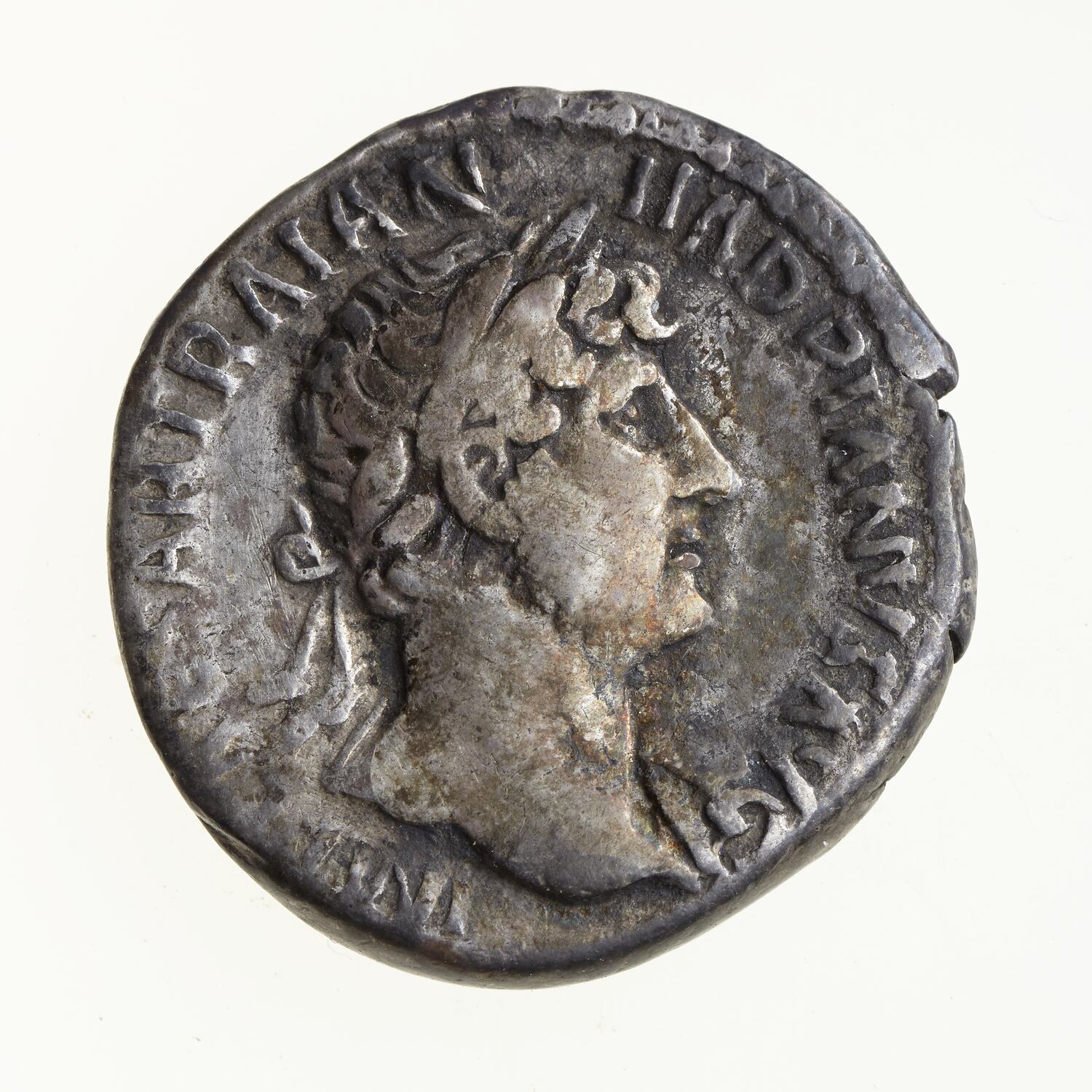
In 215 AD he introduced the Antoninianus, commonly referred to as the "radiate" due to the obverse images of the emperors with a radiate crown. With the accession of Nero, however, the content was debased to 3.8 grams, perhaps as a reflection of the high cost of rebuilding the city and his palace, after the fires.īy the reign of Caracalla in the early 3rd century AD, the denarius had dipped to less than 50% purity. With the establishement of the Imperial system the denarius remained fairly constant under the Julio Claudians at 4 grams of silver. When first introduced the denarius contained nearly 4.5 grams of pure silver and remained that way throughout most of the Republican period. This debasement of the metal purity in coins fluctuated with the strength of the Empire and was mainly an indication of the state lacking precious metals, reduced treasury, and inflation. While the denarius remained the backbone of the Roman economy for five centuries, the silver content and accompanying value slowly decreased over time. The Silver Content of the Denarius Declines in Purity Over Time The aureus carried a fixed value of 25 denarii and its larger value would ease the burden of money transfers during times of war. The aureus was the primary gold coin of the Roman Empire and was introduced in the late republic during the time of the imperators. Minting of highly valued gold coinage, in the Republic, was only issued in times of dire need.

Approximately a century later, in 118 BC, it was revalued at 16 asses to reflect the shrinking size of the bronze and copper As. The denarius - the silver coin that would become the mainstay of the Roman economy - was first struck in 211 BC and was valued originally at 10 asses (As). These were later replaced by a coin of roughly half the size (3.4 grams) called the victoriatus to commemorate the defeat of Carthage in the Punic Wars. These coins were struck in Neapolis and were most likely made to be compliant with the trading specification of the Greek colonies in southern Italy.
ANCIENT ROMAN DENARIUS SERIES
The first of these silver coins produced for Rome were a series of didrachms (called quadrigati for the inclusion of the four horsed chariot imagery) minted during the outbreak of war with Pyrrhus. The Romans imported Greek artisans and began minting silver coins of their own, albeit with a style heavily influenced by Greece. The Greeks had been producing silver coins since the 7th century BC, and silver was the basis of their system. Overlapping the circulation of the Aes Grave, was the introduction of silver coinage.ĭuring the 3rd century BC, Roman moneyers were forced to become more compliant with other cultures for ease in trade. This system obviously carried inherent problems and would very quickly be in need of a replacement.Ĭoins in Different Denominations Made Trading Much Easier This rather hefty weight, however, along with the single denomination made making change a fragment cutting affair. Each was cast at a weight standard of 1600 grams so weighing by traders would not have to be done at each transaction.


The Aes Signatum carried a particular value and were cast with marks indicating the government authority. These were more than lumps of metal, in that they were cast, had a regular and discernable rectangular shape and were stamped with raised designs. The first true Roman coin, the Aes Signatum (signed bronze), replaced the Aes Rude sometime around the start of the 3rd century BC. and the Difficulty of Giving Change!Īs time passed and the circulation of Aes Rude became more common, the Romans and their neighbors began to rely on this simple system of economic transfer. These lumps, called Aes Rude (raw bronze), could be used not only as coinage but also in large enough quantities, they could be melted down for the manufacturing of various metal tools and objects. All manner of trade goods, farm products, livestock and services were used as a means of exchange.Īs Rome grew, and the need for a system other than barter with it, lumps of bronze and other base metals began to be used in lieu of the exchange of one good for another. The Roman economy, from its founding and establishment as a Republic, through to the fifth and fourth centuries BC was a system of barter and community trade.


 0 kommentar(er)
0 kommentar(er)
